Blue Ridge Vacations
Boone NC Winter Driving Tips
Follow Us On YouTube
Follow Us On Instagram
Follow Us On Flickr
Purchase Meta’s Nature Photography

Ad • Find The Best Severe Snow Rated Tires
Western North Carolina Winter Driving Tips
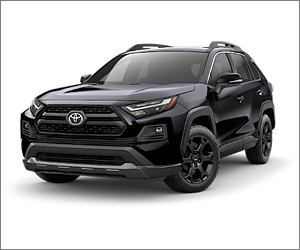
Winter Driving in the Western North Carolina Blue Ridge Mountains is a whole lot different than winter driving in the Low Country, or on straight and level, clean city streets.
The First Tip for Winter Driving in the Blue Ridge Mountains is to SLOW DOWN!
The Second Tip is BACK OFF and DONT TAIL GATE! If the road is snow or ice covered, use 2nd Gear instead of Drive (D). Do not exceed 25mph on snow and ice! Go especially slow on curves and steep hills, which are everywhere up here. Stopping distances are greatly increased when on snow and ice!
Check the North Carolina Highway Conditions 1 (877) DOT-4YOU before you travel to the Western North Carolina High Country and the Blue Ridge Mountains of Western North Carolina.
 Watch a Video
Watch a Video
 Watch a Video
Watch a Video
 Watch a Video
Watch a Video
Boone NC Weather Forecast
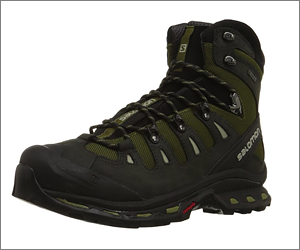
Dress Warmly – Winter Boots, Layered Clothing, a Hat and Gloves are the General Rule.
Check the Boone NC Weather Forecast!
Always tell someone where you are going and when you expect to arrive.
North Carolina State Law requires the use of headlights when windshield wipers are in use. Daytime Running Lights don’t qualify as headlights, so turn your main headlights on. Daytime Running Lights don’t turn on the rear tail lights, which are necessary in poor visibility. Clean off your headlights of salt deposits, snow and ice. This makes a huge difference in seeing and being seen.
Fog is a very common occurrence in the Blue Ridge Mountains, especially along the Blue Ridge Parkway. Always turn on your headlights in fog, snow and rain. If you have Amber Fog Lights, turn them on as well.
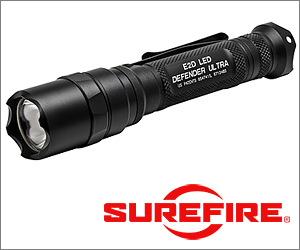
Mountain roads are constructed by cutting into the side of the mountain or may follow the edges of a river, so you will see this sign a lot. Many are very windy with many blind curves, steep hills, with deep cliffs along the outer edges. Secondary Roads (hence the name), don’t get scraped or salted until the Primary Roads are finished, which can be later morning or early afternoon. You might be cutting snow ruts early in the morning, or following in them later on. Shady areas, especially North facing slopes, are often covered in black ice, and can be extremely slippery.
A lot of mountain accidents happen on curves. Just look at the guard rail scrap marks for proof. Add in deer, shaded areas, where nothing melts, freezing rain and black ice, and you have some very unique winter driving conditions.
If you start to skid, don’t panic! Turn the steering wheel in the direction of the skid, but don’t over correct. The safe way to stop is to ‘stomp and steer.’ Never pump anti-lock brakes.
Deer are everywhere in the North Carolina Blue Ridge Mountains. Deer Accidents can total your vehicle. Deer will often venture onto road sides in search of road salt to lick in the winter months. If you spot one deer, slow down and look for the others, as deer usually travel in small groups of 3 or more. Deer will often venture out onto the sides of the road to eat road salt. Deer will follow fixed migration paths, or deer paths, so when you see a Deer Crossing Sign, it’s usually there for a good reason. Always Stay Alert for Deer!
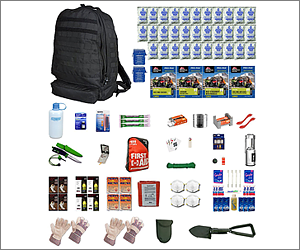
If you are traveling along the Blue Ridge Parkway, note the Mileposts from time to time, to keep track of exactly where you are. If you happen to slide off the Blue Ridge Parkway, you could be way down in the woods for a very long time, even days, before anyone finds you. Many sections of the Blue Ridge Parkway are closed during inclement winter weather. Check the Blue Ridge Parkway Closure Map.
GPS devices and maps are often incorrect up here. Cell Phones often don’t work along the Blue Ridge Parkway, due to the lack of Power and Cell Towers. Carry a Paper Map of the area as a backup. Be prepared to take an alternative route if ice, snow or fallen tree branches are blocking the road. The higher up you go, the colder it gets.
This isn’t NASCAR folks! Be very cautious when driving on Blind Right Curves while driving in the North Carolina Blue Ridge Mountains. One extremely dangerous bad habit among many of the locals up here is crossing over the double yellow lines, or “Driving Left of Center”, when driving on Blind Left Curves. Note the worn away double yellow lines on many local curves. We drive with one thumb over the horn, just in case.
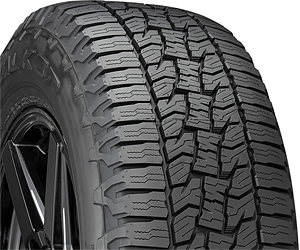
Severe Snow Rated Tires
Winter Driving Techniques can take years to master, and vary from one vehicle to another. Severe Snow Rated Tires play an important role! Our Toyota RAV4 TRD Off Road is equipped with Severe Snow Rated Falken Wildpeak AT Trail Tires for extreme winter travel in the Blue Ridge Mountains of Western North Carolina – In all Four Seasons.Severe Snow Rated Snow Tires: For All Weather Driving in the Western North Carolina Blue Ridge Mountains, we use and highly recommend Severe Snow Rated Falken Wildpeak AT Trail Tires, which are perfect for our windy and snowy mountain roads. Severe Snow Rated, but can also be driven year round on roads, highways, gravel, mud, snow and ice.
Blue Ridge Vacations Guide
Boone, NC 28607©2024 Blue Ridge Vacations. All Rights Reserved. Western North Carolina Vacations and Travel Guide for Banner Elk, Blowing Rock and Boone NC.




